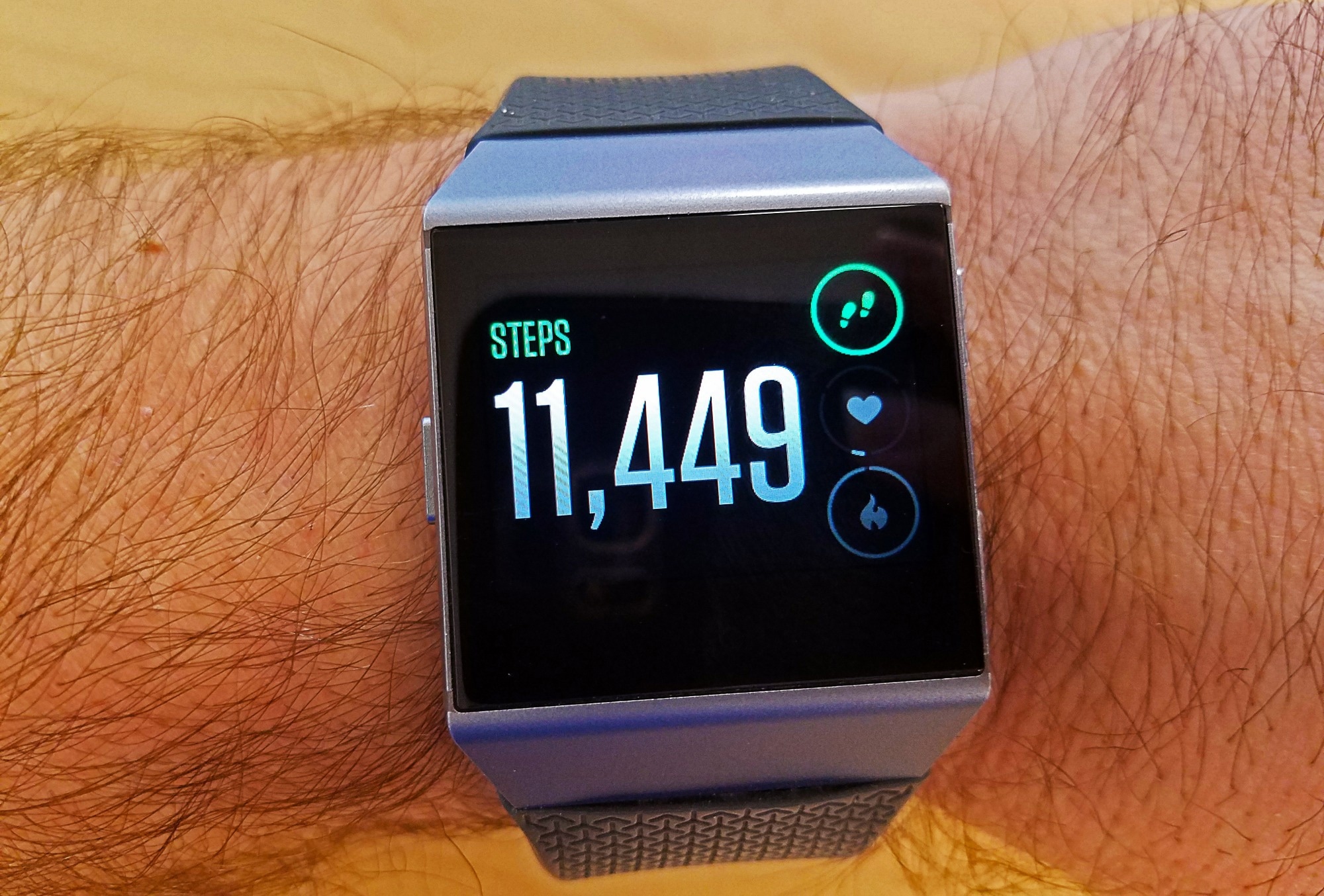Researchers of a recent study published in the British Journal of Sports Medicine investigated the relationship between daily step count and cardiovascular disease and mortality. They also investigated whether prolonged sedentary behavior affects the ideal number of daily steps.
Healthcare specialists urge increasing daily steps to minimize mortality and morbidity since prolonged sedentary behavior is related to an increased risk of death and cardiovascular disease. However, present research on daily stepping is limited and does not address whether sedentary time influences the relationship between mortality and CVD. With the emergence of wearable devices, simplified health information may assist individuals in self-monitoring and setting objectives.
 Study: Do the associations of daily steps with mortality and incident cardiovascular disease differ by sedentary time levels? A device-based cohort study. Image Credit: Joseph M. Arseneau / Shutterstock
Study: Do the associations of daily steps with mortality and incident cardiovascular disease differ by sedentary time levels? A device-based cohort study. Image Credit: Joseph M. Arseneau / Shutterstock
About the study
In the present device-based cohort study, researchers investigated the effect of prolonged sedentary behavior on the dose-response of daily steps linked to any-cause mortality and CVD risk.
The researchers used United Kingdom Biobank data from individuals aged 40 to 69 years recruited from 2006 to 2010 to perform a dose-response assessment of total steps each day across high (≥10.50 hours per day) and low (less than 10.50 hours per day) inactive period (as described by the inflection point for the absolute risk of inactivity time with the study outcomes). They ascertained new-onset cardiovascular disease and mortality through October 31, 2021.
Participants completed digital questionnaires and underwent physical examinations. The researchers excluded individuals with prior CVD or cancer diagnoses, missing covariate data, or events within a year of accelerometer assessments. Between 2013 and 2015, 103,684 participants wore accelerometers on their wrists for ≥16 hours each day for ≥3.0 days to assess physical activity, classified using accelerometer-based machine learning models.
The researchers followed Welsh and English participants through September 30, 2021, and Scottish participants through October 31, 2021, using mortality data from the NHS National Records and Central Register of Scotland and NHS Digital of Wales and England. They obtained hospitalization data from the Hospital Episode Statistics (HES) database.
The researchers determined the dose-response risk for any-cause mortality and new-onset cardiovascular disease per 10,000 individual years using Cox proportional hazards regression models to estimate the hazard ratios (HRs). Study covariates included age, gender, educational level, ethnicity, smoking habits, alcohol intake, vegetable and fruit intake, parental cardiovascular disease and cancer history, and medications. In sensitivity analyses, they included clinical variables like glycated hemoglobin, waist circumference, low- and high-density lipoprotein, blood pressure, and triglyceride levels. They also performed joint association evaluations using 2,200 daily steps as the reference.
Results
Over seven years, the study of 72,174 individuals found 1,633 deaths and 6,190 cardiovascular disease events. High inactivity duration increased the likelihood of smoking, hypertension, cholesterol medication use, and waist circumference. Daily step counts among individuals with low and high sedentary times were 8,362 and 4,829, respectively. Compared to the reference of 2,200 steps per day, the optimum dose for any-cause mortality varied from 9,000 to 10,500 daily steps for the high (HR, 0.6) and low (HR, 0.7) sedentary periods.
In the high inactive duration category, fewer than 4,000 steps per day were related to a 5.4% crude death risk, whereas a step count exceeding 8,000 steps per day yielded a crude risk of 3.1%. The comparable risk for individuals with low sedentary times was 3.7% and 2.3%, respectively. Among highly inactive individuals, the curve bottom was observed at 9,000 steps per day (HR, 0.6), compared to 2,200. The minimum dosage was 4,100 steps per day (HR, 0.8).
The researchers found an attenuated step-per-day dosage-response relationship among subjects with low inactive periods, with the curve nadir at 10,300 daily steps (HR, 0.7) and the least at 4,400 steps/day. The combined dose-response evaluation revealed consistent curve nadir and least dosage values across sedentary durations, with comparable mortality risk from 6,000 to 9,500 steps per day.
For new-onset cardiovascular disease, the researchers found the least risk at 9,700 steps per day for both high (HR, 0.8) and low (HR, 0.7) sedentary times. They discovered that low-sedentary individuals had a reduced CVD risk for similar steps per day to very sedentary individuals. The lowest step count was 4,300 steps per day for low and high inactivity hours, with HRs of 0.86 and 0.9. When the daily step count exceeded 3,700, the combined dose-response analysis revealed less inactive time linked to a lower CVD and mortality risk for a similar daily step count as high inactivity time. In a cause-specific investigation, the optimal dosage was around 9600 steps per day for high-sedentary time and 9,800 steps daily for low inactive duration.
The study findings showed that doing more than 2,200 steps daily reduces mortality and cardiovascular disease risk in high- and low-sedentary individuals. Steps of 9,000 to 10,500 per day had the least mortality risk, regardless of the period of inactivity. Low inactive duration resulted in a 10% decrease in risk for the same number of daily steps. The study underlines the importance of increasing daily steps, particularly among very sedentary individuals, and determined that the optimal dosage to reduce mortality and CVD risk is between 9000 and 10,500 steps per day.
Journal reference:
- Matthew Ahmadi, Rezende, Gerson Ferrari, Borja Cruz, I-Min Lee, and Emmanuel Stamataki. Leandro. Do the associations of daily steps with mortality and incident cardiovascular disease differ by sedentary time levels? A device-based cohort study, DOI: 10.1136/bjsports-2023-107221, https://bjsm.bmj.com/content/early/2024/01/24/bjsports-2023-107221